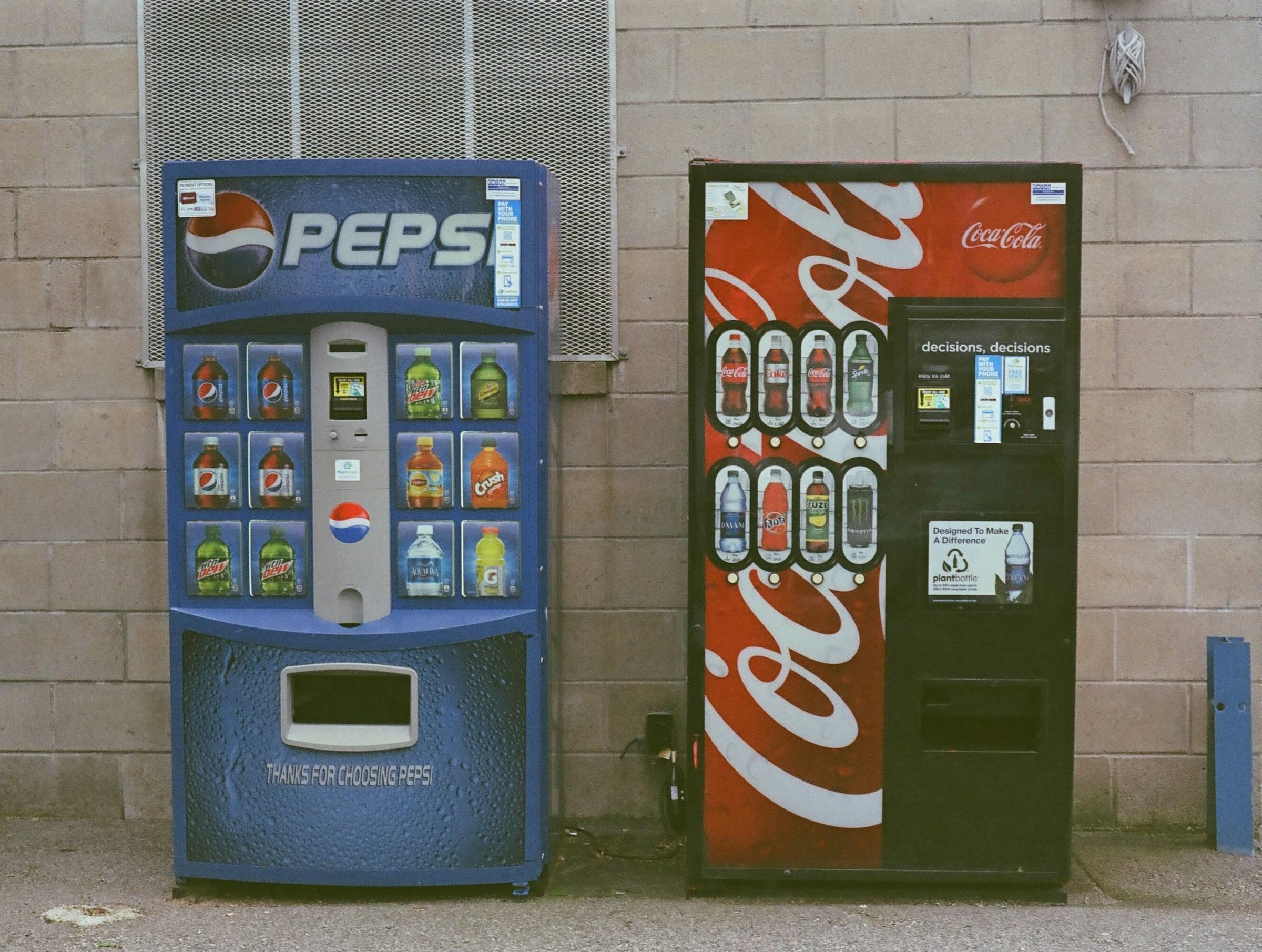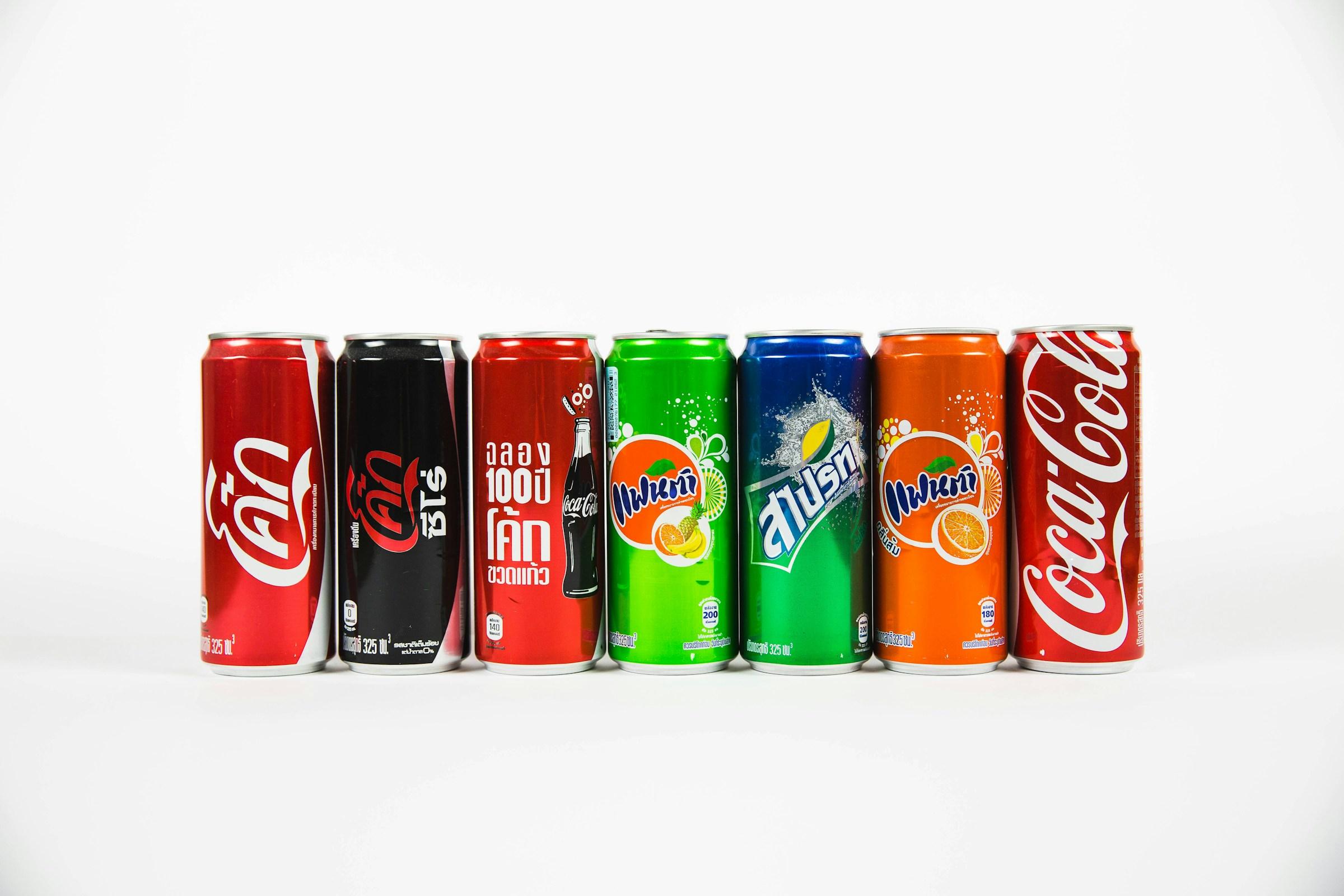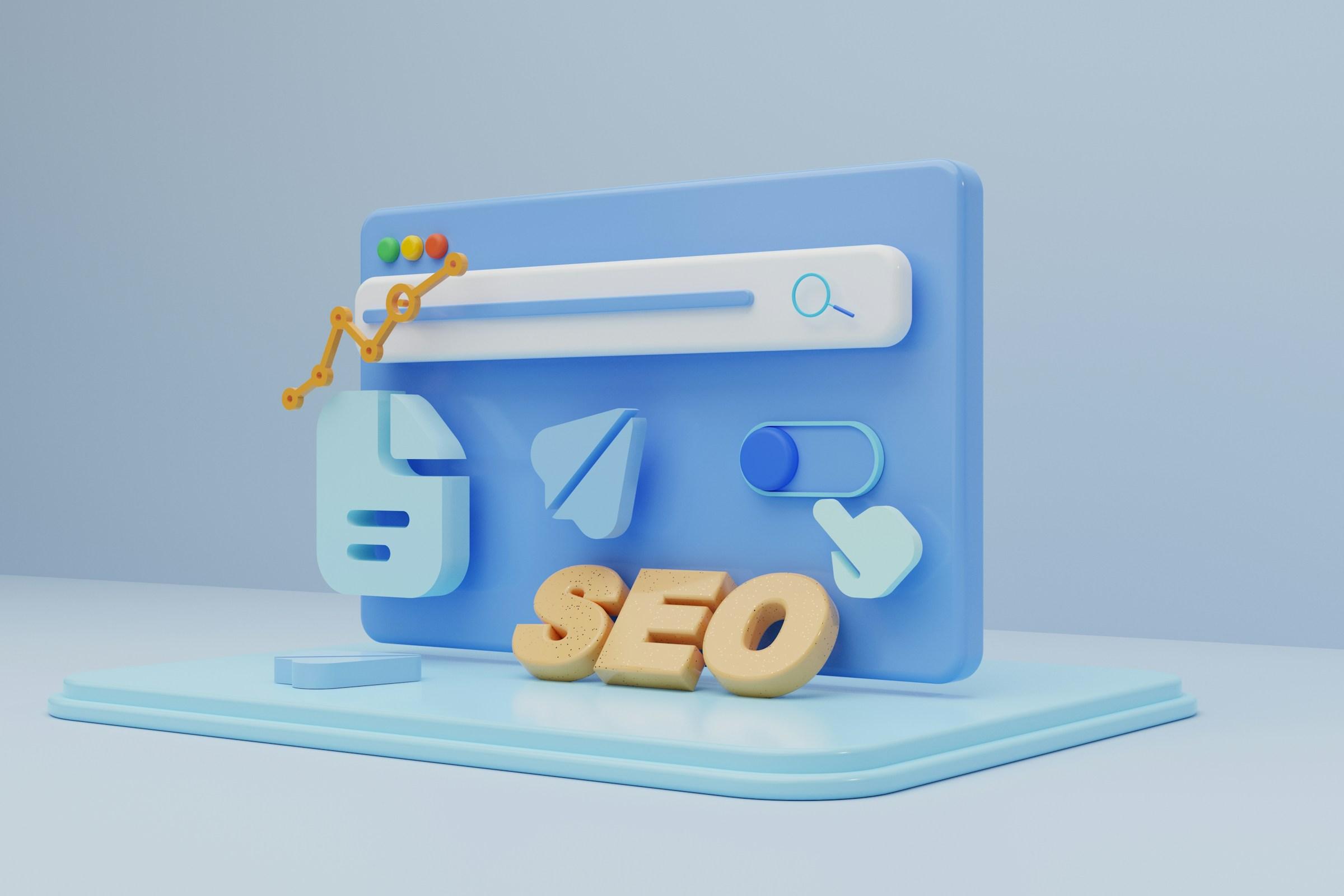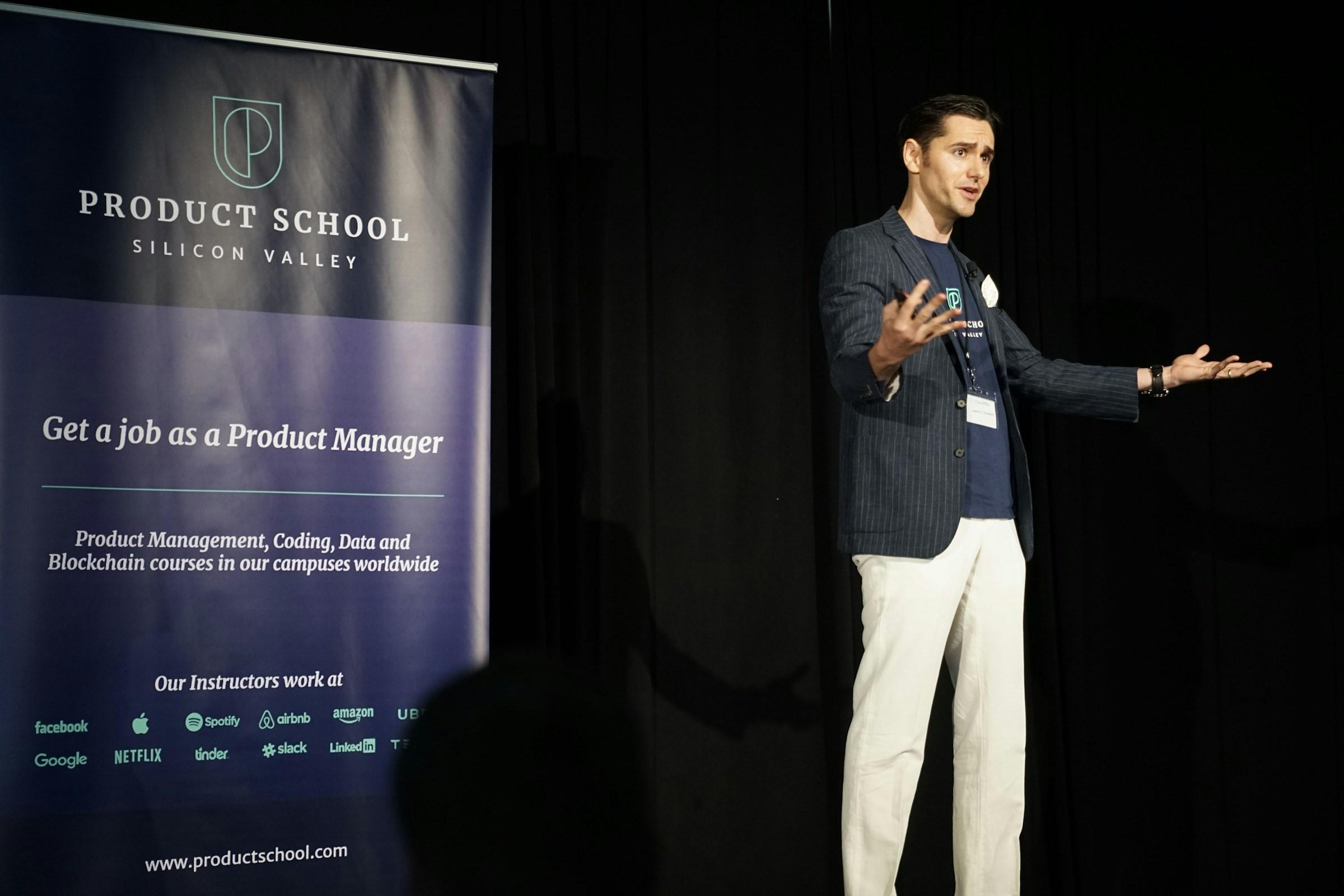Corporate gifting is often treated as a seasonal chore, a December ritual that fills desks with branded mugs and snacks before everyone forgets where the parcels came from. That habit misses the real commercial power of a well designed gesture. A gift can be a precision tool that advances deals, lowers friction during renewals, and teaches buyers that your company respects their time. When founders view gifting as a growth system rather than a novelty, they can convert moments into meetings, meetings into revenue, and revenue into retention.
The instinct to send something tangible comes from a simple truth. Buyers are flooded with outreach that reads the same. A thoughtful item paired with a clear message can cut through the noise without cutting price. The question is not whether people like receiving gifts. The hard question is whether those gestures produce movement in the pipeline without crossing compliance lines or inflating acquisition cost. When teams treat gifting as an acquisition blast, they burn cash and crowd inboxes with polite thank you notes that go nowhere. When they design gifting as a lifecycle instrument, they can pull revenue forward, protect renewals, and support expansion with measurable lift.
The system breaks most often at the start. Teams choose clever items, run a holiday send, and celebrate vanity metrics like delivered status or social posts from recipients. Then they wonder why deals do not accelerate. The failure is misalignment. The gesture does not match buyer stage, persona, or contract size. A senior security reviewer who holds the questionnaire will not move faster because a junior user champion received an expensive hoodie. Operators fix this by deciding what job the gift must do inside the funnel, then building the workflow around that job. The more precise the job, the more targeted the item, the clearer the next step, the better the outcome.
Response rate creates a dangerous illusion. A spike in replies after a send feels like traction, yet without a defined next action it is only paid engagement. The useful measure is stage movement within a defined window. If a targeted touch at discovery does not lift held meeting rate inside two weeks, it did not create commercial value. If a renewal gift does not shorten security review latency or reduce the number of legal redlines returned within a week, it generated sentiment rather than progress. Teams need to trade feel good anecdotes for time bound metrics tied to real advancement.
A better approach is to re engineer gifting as a three part engine that mirrors the customer lifecycle. The first job is door opening for accounts that fit your ideal profile but ignore outbound. Here the narrative matters more than the object. Pair a short, specific note with a high signal item that reflects the buyer’s environment rather than your brand. Send a desk tool a revenue leader actually uses or a digital experience that matches their work style. The benchmark is meeting creation by the named persona within a set time window. The second job is deal velocity for opportunities stuck at predictable choke points. If procurement causes drag, select a gesture that turns attention to your vendor record or helps the coordinator who moves paperwork across desks. If security is the blocker, acknowledge the reviewer’s workload with a modest, respectful token and a note that makes their next step easier. The third job is relationship insurance for renewal and expansion. This is not a last minute bribe. It is a cadence of small, context rich touches that show you understand the customer’s calendar, pressure cycles, and internal wins. The benchmark here is lift in expansion probability and improvements in ticket resolution time after the touch.
Price is often misread. Big boxes do not guarantee leverage. Precision beats spectacle. A costly package sent to a champion who cannot sign will not change the outcome. A thoughtful, moderately priced item that lands the Monday after the team returns from an offsite, coupled with a short note that ties to a current goal, may secure a thirty minute sync that advertising could not buy. The right gift is the one that lowers friction for the next step and respects the recipient’s role power. When value is treated as calibration rather than theater, the commercial impact becomes visible in numbers rather than in stories.
Guardrails protect the upside. Compliance is never a footnote. Regulated industries and public sector contracts carry strict thresholds and disclosure rules. If your playbook ignores those boundaries, you risk disqualification and reputation damage that no follow up gift can repair. Build a matrix that tags each account by industry, geography, and gift limit. Configure your platform to block sends above local thresholds and to include disclosure instructions automatically. In parallel, separate appreciation from influence. Celebrate milestones that have nothing to do with signatures. Welcome a new team member. Mark a successful deployment. Thank a coordinator who untangled a billing issue. A culture of earned gratitude keeps intent clean and the brand safe.
Cost discipline is the next concern. Finance will rightly ask how this practice affects unit economics. Two numbers answer the question. First, pipeline velocity delta by stage where a gift is used. If conversion from stage two to stage three improves after a targeted send, you have a repeatable lever. Second, net revenue retention in cohorts that receive quarterly context gifts tied to value moments such as a feature adoption or an uptime milestone. If net revenue retention rises while gross margin holds steady, gifting has become part of your retention architecture. Do not compare cost per gift to a media impression. Compare it to the value of one week removed from a long cycle or one additional year of contract life.
Operational clarity keeps the program credible. Assign ownership that crosses functions. If gifting sits only in marketing, sales will treat it as wallpaper. If it sits only in sales, finance will shut it down after the first invoice spike. Create a runbook with legal, finance, sales, and customer success that defines when a gift can be triggered, what tier is allowed by annual contract value, and what message template pairs with each scenario. Log every send as an activity with a required next step. If there is no next step, the platform should block the send. Tools are useful, but process discipline is the moat.
Timing is a quiet multiplier. Door openers work best when the note resolves a real, recent pain rather than reciting a generic pitch. In mid funnel, aim the gesture at the person who owns the current blocker, not the most responsive contact. When a security reviewer has your questionnaire in their queue, a small token that recognizes their workload and a message that highlights your evidence pack does more than another product deck. For renewals, anchor gestures to value proofs. Pair a concise usage scorecard or a quarterly success memo with something that matches the tone of the relationship. The signal is that you see them and you understand what matters at that moment. People remember this and they repay attention with access.
Culture shapes how a gift is received. Customs differ across regions and industries. In some markets, a personal item feels intrusive. In others, something for a shared table reads generous and safe. In virtual first settings, digital experiences can outperform physical items. A short, well produced coffee tasting with a partner roaster, where you cover the logistics and cost, can create real conversation time and a memory that a notebook cannot match. Execution beats exotic. Make it easy to receive and easier to appreciate.
A simple framework brings the pieces together. Think in terms of Function, Identity, Timing, and Tracking. Decide whether the gesture is for access, acceleration, or assurance. Match the persona, the role power, and the compliance profile. Land the moment, not the month, and tie the touch to the next action. Measure stage movement, cycle time, and revenue impact at the cohort level. When teams operate with this structure, gifting stops being a seasonal stunt and becomes a compound habit that converts trust into transactions.
All of this rolls up to brand. Done poorly, gifting trains buyers to view your contact as a vending machine. Done well, it teaches them that your company pays attention and respects time. Buyers are saturated with content. They are not saturated with care. A precise, well timed gesture signals intention. Teams that earn a reputation for intention get meetings when budgets tighten and expansions when committees hesitate. That is a competitive advantage that persists beyond a single quarter.
The conclusion is straightforward. Treat corporate gifting the way you treat any performance system. Define the job a gesture must do, design the workflow that supports it, and measure the movement it creates. Keep spend proportionate to contract value, keep the message honest, and keep the compliance clean. When you do, you will see faster cycles, stronger renewals, and a brand that feels like a partner rather than a vendor. The impact of corporate gifting on business growth becomes a number you can point to, not just a story you tell in December.















